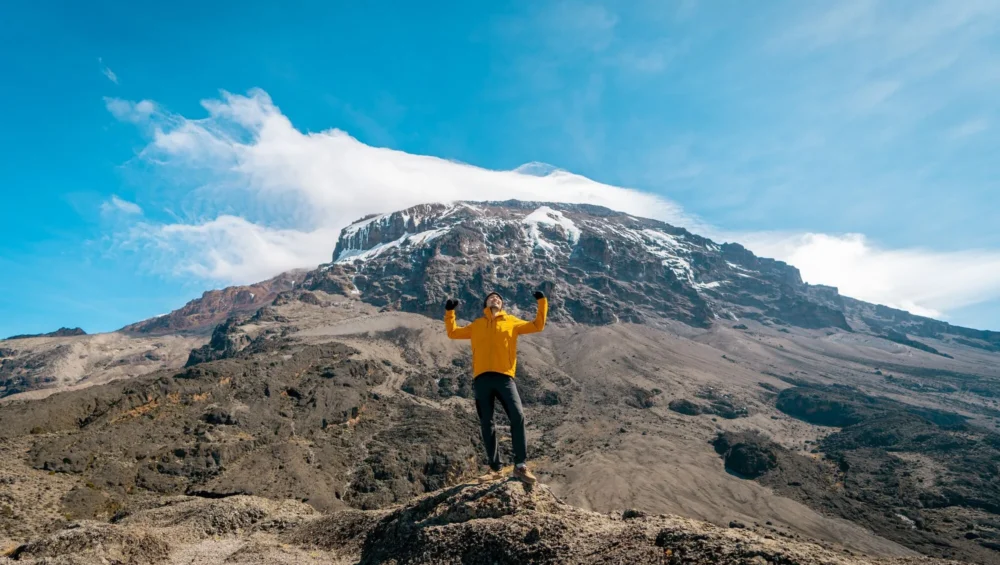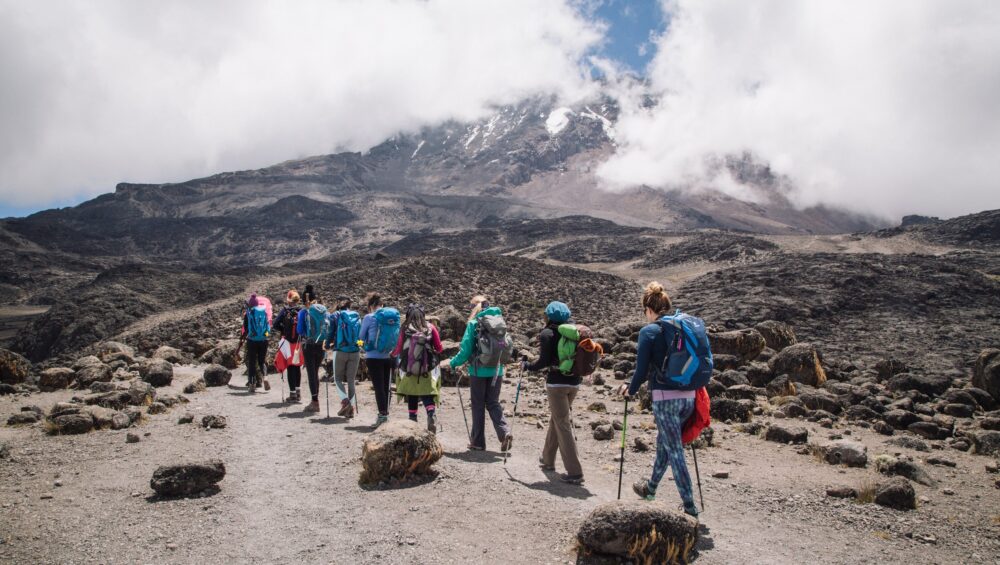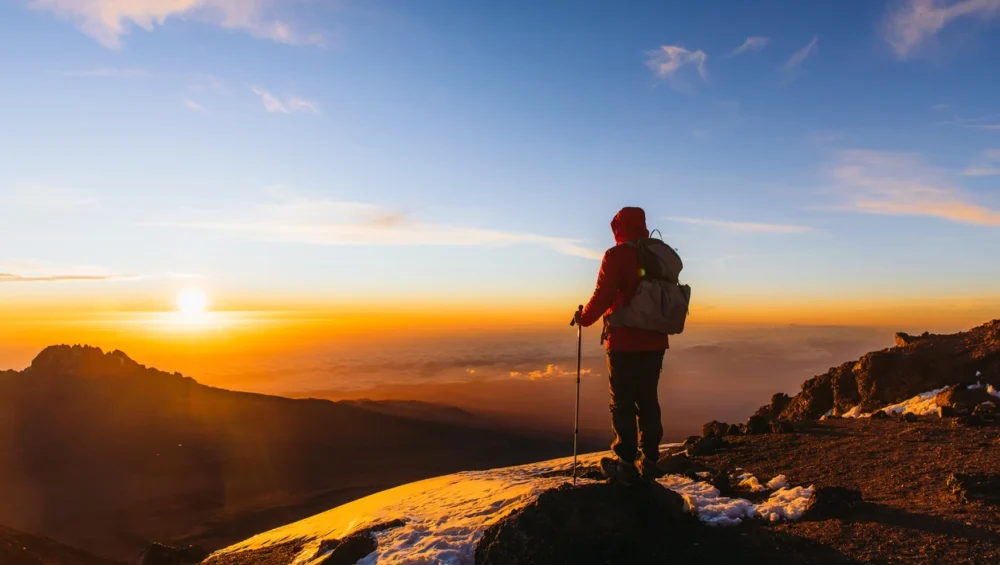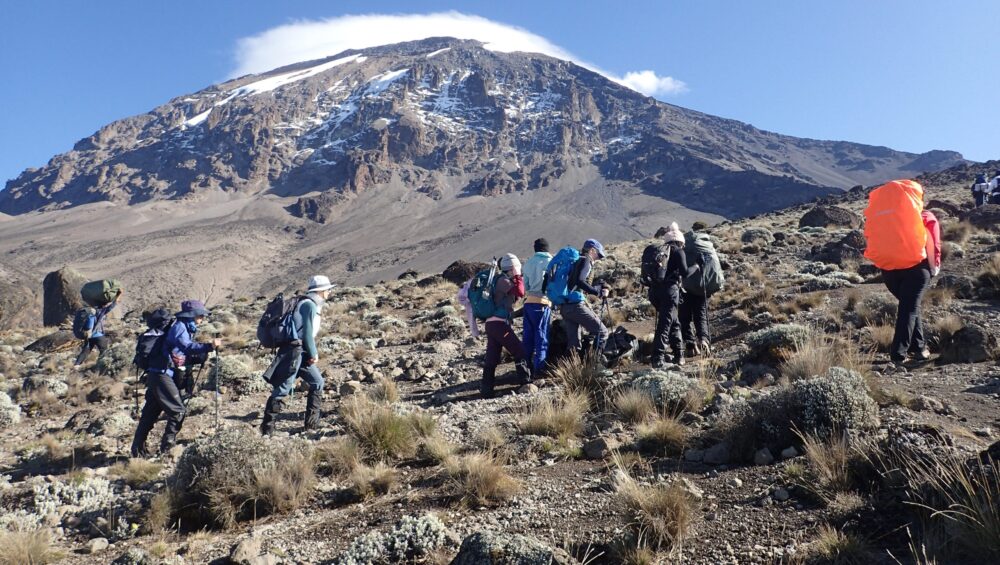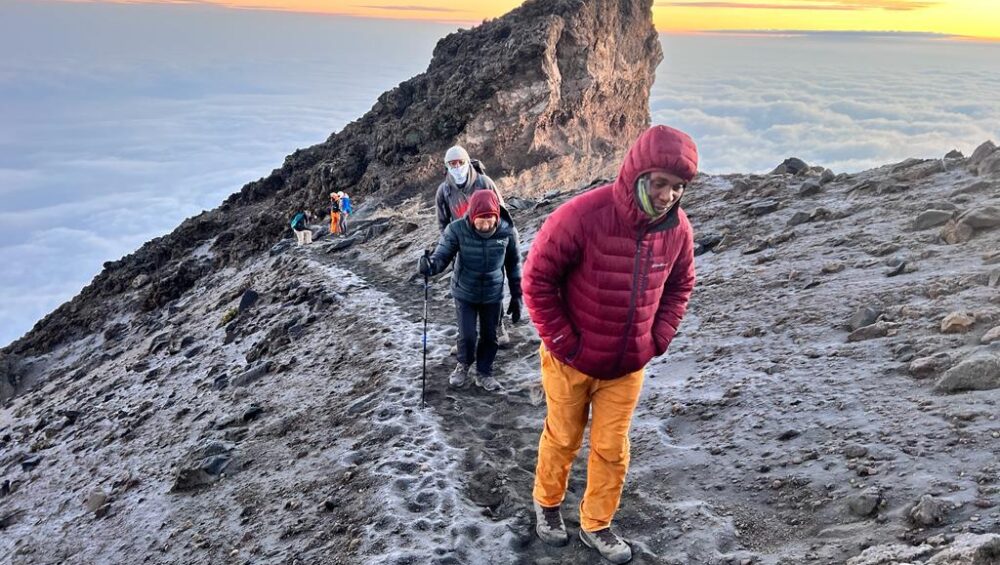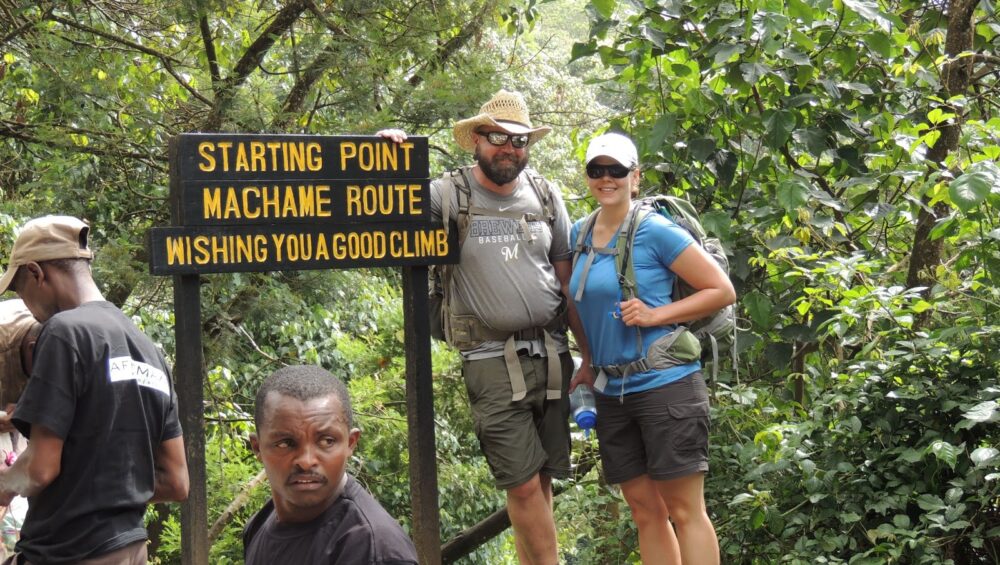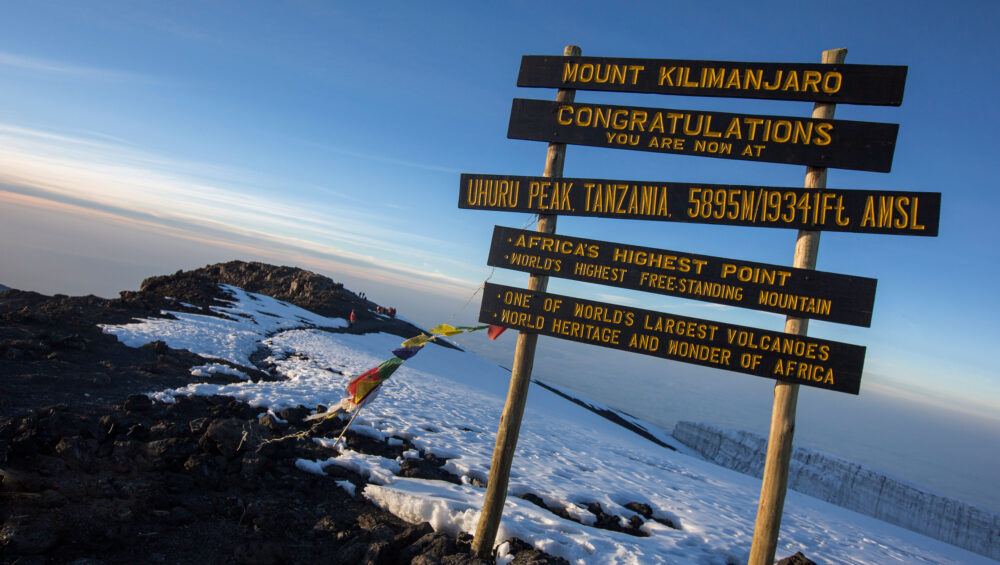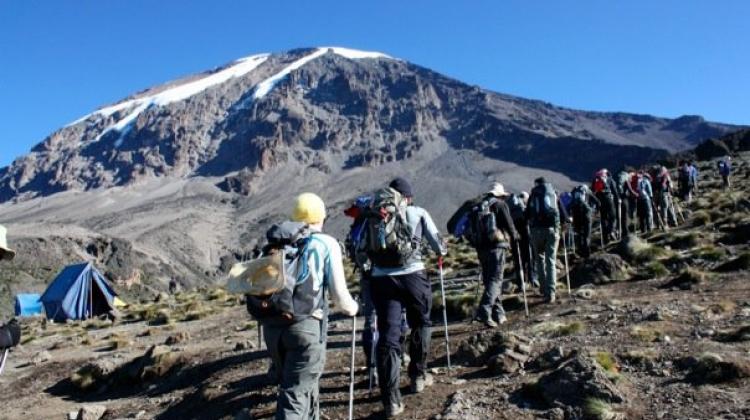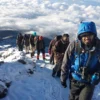9 Days Northern Circuit
The Northern Circuit offers a unique and scenic way to climb Mount Kilimanjaro, far from the crowds of the southern routes. Over the course of 9 days, you will have a great chance of successfully reaching the summit while enjoying a varied and beautiful landscape.
Your adventure begins at Londorossi Gate (2360 meters), where the climb follows the Lemosho route through a lush rainforest, home to the region’s diverse wildlife. From there, you will ascend to Shira Ridge and cross the famous Shira Plateau, taking in the spectacular Shira Cathedral. Continuing north, the route enters the remote northern slopes of Kilimanjaro, where you’ll have the chance to enjoy quiet solitude, stunning views of the Amboseli Plains, and fewer climbers on the trail.
As you approach the final summit, the route joins the Rongai and Marangu paths. The summit ascent is completed via Gillman’s Point. After reaching the peak, you will descend by the Mweka route, offering a new perspective on your descent.
The 9-day trek is ideal for those with limited high-altitude experience, allowing for ample time for acclimatization. However, experienced trekkers might choose to take the 8-day option for a more challenging experience. Either way, the Northern Circuit provides an unforgettable adventure and a higher chance of summit success.

